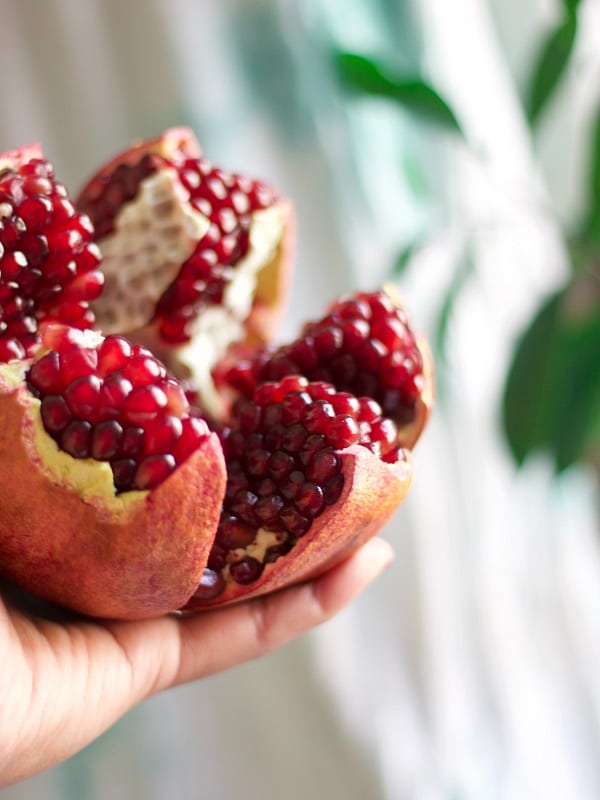Jump-start Your Bible Class with These Five Tips
 Photo by The Miscellanista on Unsplash
Photo by The Miscellanista on Unsplash
Bible class is the most important class we teach. How can we make it come alive for students? What can we do to keep students’ attention, keep them involved in class, and help them apply God’s truths to their lives? Here are a few suggestions.
- Maps, maps, maps! Get big maps and post them on the walls. Point to them and show the students where things happened. Get little maps and have students color them as you are studying about that particular area.
- Have students read the Scripture passages aloud, one verse per person. Have them all open their Bibles and follow along. Get a stack of small cards or popsicle sticks with their names on them, mix them up often, and call out the name of the person who will read the next verse. That way students will never know who is next and will have to be paying attention.
- Make it practical. If you are studying idols, ask students how we make idols today. We don’t bow down to golden cows, but how much money do we spend on cars or hobbies? Could those be idols to us?
- Show pictures or bring in items for every noun that is unusual. Examples: leeks, pomegranates, shofar, ephod, showbread, oil lamps, etc. Bring in some showbread, burn an oil lamp, or eat leeks and cucumbers.
- Celebrate the Hebrew feast days and holidays.
Have a shortened version of the Passover for lunch one day, or a longer one in the evening if possible. Study it ahead of time so that students will understand what each part represents to Christians. Observing the Jewish holidays and learning the significance of each is educational and fascinating, and it can really liven up your classes. Following is a list of the Jewish holidays in 2022 with ideas of how to celebrate them with your students.
- March 17, Purim: Read the book of Esther and celebrate God’s deliverance of the Jews; eat Hamantaschen (Haman’s hat cookies) and give money to the poor.
- April 15, Passover: Read a shortened Christian Passover Seder to remember when the angel of death passed over the Israelites but killed all the firstborn of the Egyptians. The Passover meal includes a lamb shank to represent Jesus as our Passover lamb, horseradish as the bitter herbs of slavery, unleavened bread as the Israelites didn’t have time to let their bread rise when they fled Egypt, charoset to represent the mortar used in brick building, salt water to represent the Israelites tears, and more.
- September 25, Rosh Hashanah: Celebrating the Jewish New Year, time is spent in repentance and prayer. Challah bread and apples dipped in honey are eaten to represent God’s provision and the hopes of a sweet year to come.
- October 5, Yom Kippur: The Day of Atonement is recognized on this holiday, and this was the one day in which the high priest would enter the Holy of Holies in the temple. As described in Leviticus 16, two goats were brought to the temple. One was sacrificed. The priest would place his hands upon the second goat, listing the sins of the people, transferring their sins to the goat. Then the goat was set free in the wilderness as the scapegoat, just as Jesus took our sins upon Himself. It is a day of fasting, usually for twenty-five hours, and fervent prayer. Forgiveness should be asked of anyone to whom it is due. One hundred soundings of the shofar signal the end of this holiday.
- October 10, Sukkot: The Feast of Booths is commemorated by building temporary booths or tents to remember when the Israelites lived in tents while they wandered forty years in the wilderness. These are usually decorated with fruits and vegetables. Class could be held in the tent for the day.
- December 19-26, Hanukkah: This holiday celebrates the Maccabees’ successful battle against the Syrian-Greeks who had desecrated the temple. They re-lit the eternal light and one day’s oil miraculously lasted eight days, hence the seven candles on the menorah.
Leave a Reply